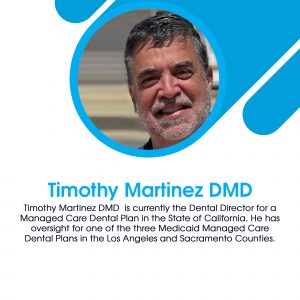Oral Health and Primary Care


A recent American Medical Association Journal of Ethics article focuses on the relationship between oral health and primary care. It highlights five key lessons the patient-centered medical home movement can teach us about oral health. These lessons include the importance of preventive care, the use of technology, and interprofessional education.
Telehealth
The Oregon Health Authority (OHA) is partnering with the Oregon Office of Rural Health to pilot five telehealth pilots. This funding encourages innovation in healthcare delivery for better health, lower costs, and broader access. The telehealth pilots will continue through June 2016 and publish results in early fall 2016.
Telehealth is a promising technology that has the potential to change how health care is delivered and accessed. It can make care more accessible, affordable, and integrated into many cases. A 2020 survey of 2,767 providers found that 75 percent expect their telehealth volume to increase.
Community-based programs
Community-based programs in oral health are essential strategies for improving access to quality oral health care. In some communities, there are few providers available for low-income residents. These programs can improve access to health care and promote healthy behaviors among underserved populations by creating integrated primary care and oral health services.
One project, the Solano Coalition for Better Health in Vallejo, CA, integrated oral health care with primary care, including preventive care, restorative care, and community outreach. The goal was to connect at least 1,000 additional children and adolescents per year with oral care services.
Another example of community-based oral health care is a collaboration between FQHCs and primary care practices. This partnership between the medical and dental fields, funded by the HRSA, will develop a center for oral health integration in primary care. This center will address gaps in primary care training, emphasize patient-centered care, and manage the unique needs of different communities.
Prevention of COVID-19
A wealth tax is one option that could provide essential services for COVID-19. It would target those profiting from the crisis, but other mechanisms, such as a national health insurance program, have also been suggested. These would protect families from catastrophic out-of-pocket health costs.
A smartphone app called Biovitals(r) can collect qualitative data from patients and notify treating physicians of significant physiological changes in real-time. In sub-Saharan Africa, many vulnerable individuals lack access to quality medical care. These problems lead to low life expectancy, maternal mortality, and widespread deaths. During a pandemic, these negative consequences can increase exponentially. And with COVID-19 expected to kill a devastating number of people in the region, this information is vital.
The COVID-19 pandemic is a significant challenge to African health systems. Although the number of cases is unlikely to be as high as some have believed, the number may be underestimated due to a lack of testing facilities. For example, a household survey in Zambia showed that infection rates were 100 times higher than official statistics.
Inequities in oral health care
The oral health care system is fraught with inequities. People of color have unmet dental requirements and face discrimination due to income and race. Low-income populations lack dental insurance, which exacerbates these imbalances.
The British government has committed to reducing healthcare inequalities by tackling underlying social, economic, and political causes. An independent inquiry into health inequities has reviewed the evidence and developed recommendations for tackling inequalities. This paper summarizes oral health evidence submitted to the investigation and recommends reducing oral health inequities.
This study highlights the need for dental care to be integrated with primary care. By improving access and coordination of care, team-based care can help reduce dental inequities. It can also improve healthcare providers’ cultural competency and reduce biases. Furthermore, it helps strengthen links between healthcare systems and communities.
